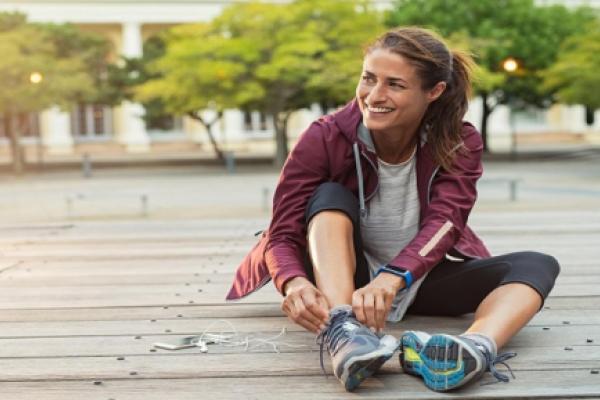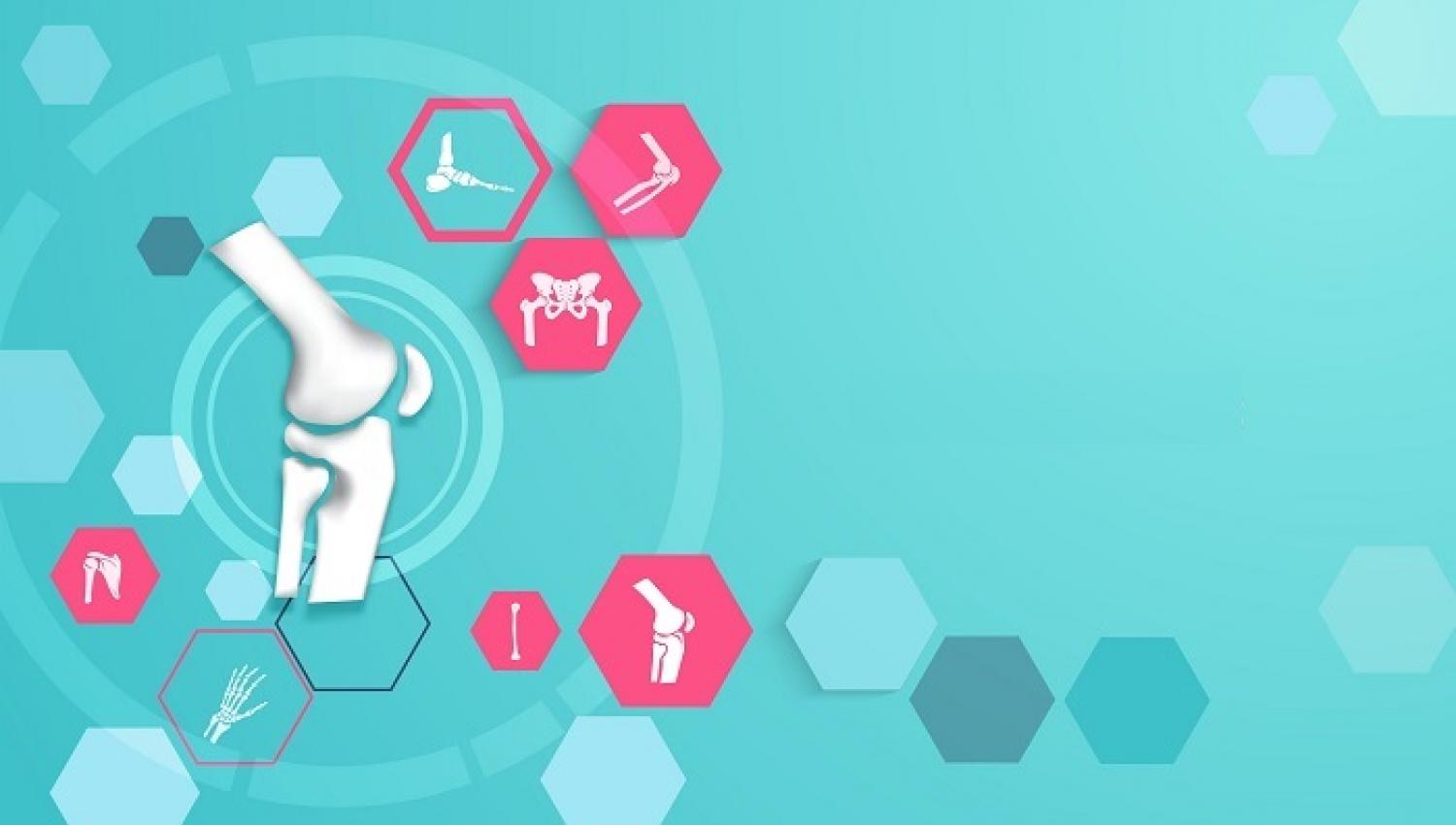Sports, which have countless benefits from the development of the musculoskeletal system to the increase in body resistance, produce effective results only when practiced correctly. Pointing out that there is a lot of misinformation on this subject, Orthopedics and Traumatology Specialist Prof. Dr. Gökhan Meriç reminded us that one of these is the social belief that cartilage wear and calcification in the joints will be faster due to excessive sports. So, how accurate is this information?
Cartilage wear is a more common problem, especially in people over the age of 60, those with a family history of cartilage wear or calcification, or those who have undergone joint surgery for any reason. However, it can occur in any age group due to some wrong behaviors. Especially mistakes made during sports. Yeditepe University Hospitals Orthopedics and Traumatology Specialist Prof. Dr. Gökhan Meriç said that possible joint and muscle tissue injuries can be prevented by doing warm-up and stretching exercises beforehand in order not to allow the body to overstrain during sports.
Less Abrasion with Long-Term Runners
Pointing out the common belief that doing too much exercise can cause these problems, Yeditepe University Kosuyolu Hospital Orthopedics and Traumatology Specialist Prof. Dr. Gökhan Meriç said that a study in which 675 marathon runners were followed for 20 years revealed the opposite. He explained the following on the subject: "Although marathon runners run more than 50 km per week, it has been shown that cartilage wear in the knee and hip joints of these people, i.e., calcification, is lower than normal people. During running, the knees are loaded eight times the body weight and the hips five times the body weight. Although it is thought that cartilage damage may develop due to prolonged loading, it has been shown that this type of damage does not actually develop in marathon runners or people who run for long periods."
Prof. Dr. Gökhan Meriç said that sports activities that follow the rules and do not push the limits have extra benefits for the joints. "Activities such as running or prolonged walking increase the mineral load of the bones. When the joint fluids of runners were examined, it was shown that the anti-inflammatory effect (pain relief) was found more than normal people."
The Important Thing is to Reduce the Load on the Knee
Explaining that one of the reasons for this result is the weakness of marathon runs, Prof. Dr. Gökhan Meriç said, "In this case, although the load increases, there is no damage because the load is not very serious since there is no excess weight." He said that it has been shown that damage to cartilage, menus, and ligaments can develop due to repetitive impact in sports such as football, wrestling, weight lifting, and tennis, where impact and loading can be much higher.
Sport Increases Muscle Mass
Prof. Dr. Gökhan Meriç said that the progression to arthritis is faster in people with intra-articular damage such as meniscus tears and cruciate ligament injuries. Prof. Dr. Gökhan Meriç explained that muscle tissue carries the load of the person and that sports increase muscle mass and reduce the load on the joint. "The more muscle strength we have, the less the load on the joints. For this reason, joint damage, cartilage damage, and intra-articular injuries are more common in people with weak muscles.
Skipping Warm-Up Causes Joint Damage
Stating that the important point while doing sports is to do the necessary warm-up movements, Prof. Dr. Gökhan Meriç said, "People who do intense cardio exercises such as Zumba and HIIT, which require sudden explosive power, should definitely warm up and warm up their muscles, especially before exercise. Especially during the Covid-19 pandemic period, warm-up movements may not be done adequately in online lessons and training in order to spend time at home. In this case, joint damage is more common.".
Stop If There is Pain
He gave the following information about the conditions that may pose the risk of arthritis in the knees and hips in excessive sports activity: "If there is swelling in the joints, a feeling of snagging, a sound with joint movement and pain after any impact or reverse movement while doing sports, sports activity should definitely be interrupted. Ice should be placed on the painful area and rest. If complaints such as pain and swelling persist despite these measures, a specialist should be consulted."

